
Dr. (Prof) Suvro Banerjee
Cardiologist in Kolkata
MD, MRCP (UK), FRCP (EDIN), FRCP (London), FICC, FCSI, FESC, FACC, FSCAI,
Senior Consultant Interventional Cardiologist, Apollo Multispeciality Hospitals, Kolkata
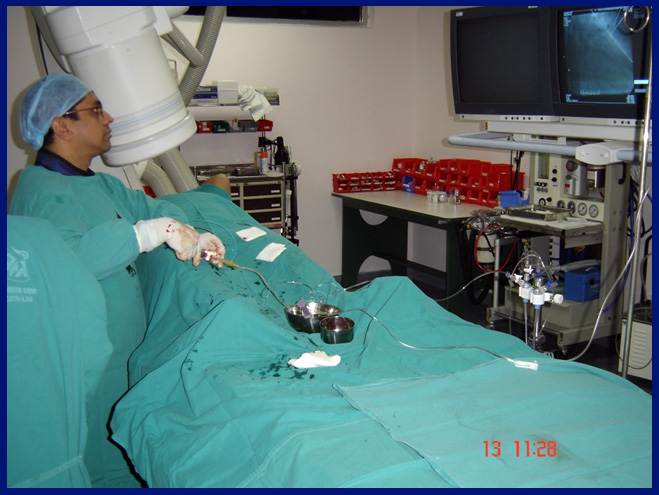
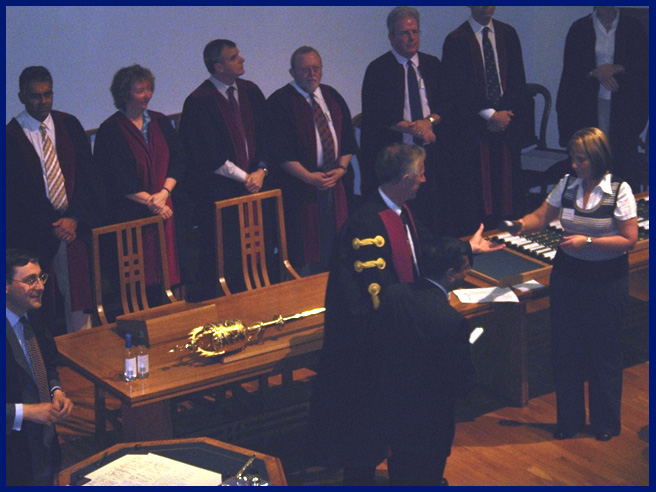
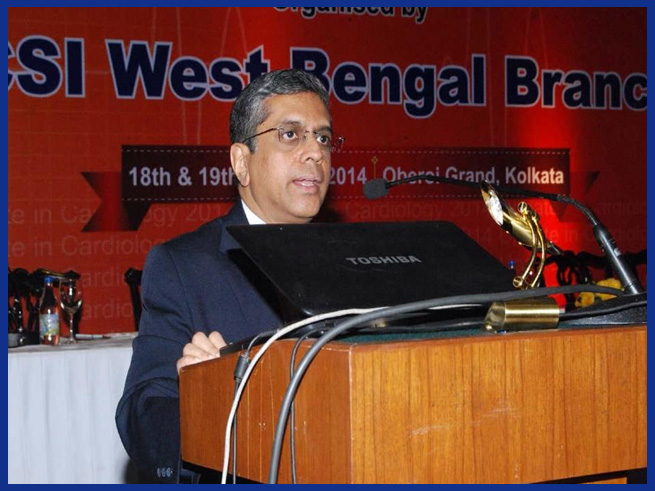
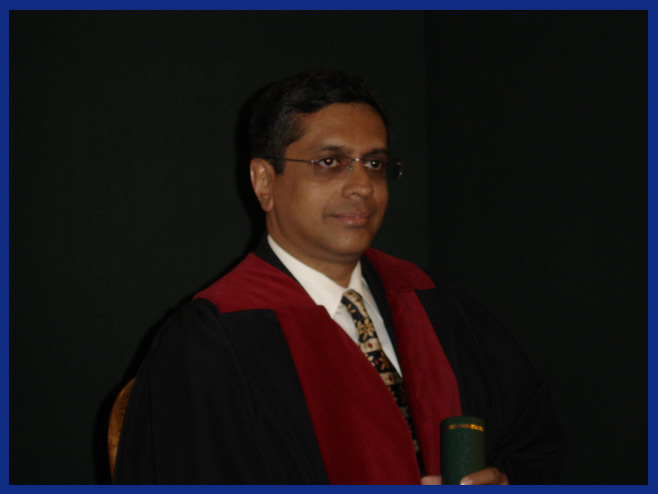
Major advances have taken place over the past several decades, and continue to take place, regarding the treatment of heart disease. One of the main purposes of this website is to keep you informed of new information about treating heart disease as it becomes available. Knowing what your options are regarding therapy is an important step in learning to live with heart disease.
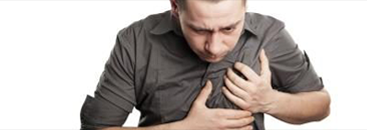
This is a common symptom of ischaemic heart disease. The pain usually occurs centrally in the chest. It may pass down to left arm, to the jaw or to upper part of the tummy.

This usually occurs with exertion, although in more severe cases it may be present even at rest.

This is awareness of one's own heartbeat. It may be heightened awareness of normal heartbeat or due to abnormal beating of the heart.

'Light-headedness' or 'feeling as if may fall or faint', may be due to abnormal heart rhythm or abnormal blood pressure.

Sudden loss of consciousness is usually an ominous sign. Disorders of heart rhythm may cause black out.
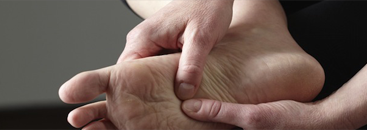
Others include kidney disease, liver disease, anaemia, low protein in blood, diseases of venous or lymphatic channels of the leg.
The muscles and various body organs (such as lungs, kidneys and brain) need nourishment in order to function efficiently. This nourishment is provided by blood rich in oxygen. Circulation of blood is essential for oxygen to reach the muscles and organs. The main function of the heart is to pump blood to maintain an efficient circulation.
The function of the heart therefore can be compared to a domestic pump used for lifting water. A pump comprises of a mechanical part (machine) which produces the force needed for lifting water, and an electrical circuit that runs the machine. The water, being driven by the pump, flows through pipes which are provided with valves to ensure unidirectional flow of water.
The heart has four 'chambers'. The two upper chambers called left and right 'atrium' and two lower chambers called left and right 'ventricles'. These chambers are walled by powerful muscles which pump blood to maintain the circulation.
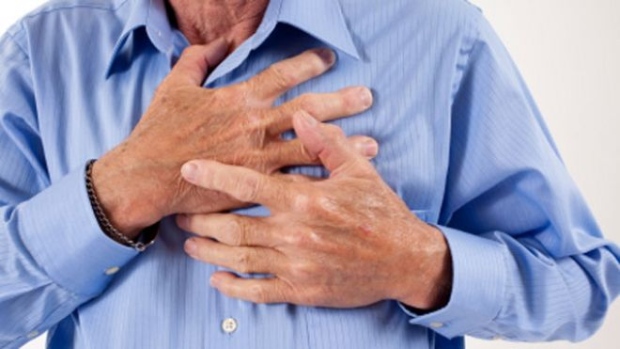
The heart however is not always as romantic as it sounds. Each component of the heart has the potential for misbehavior causing significant illness or even death.
View More...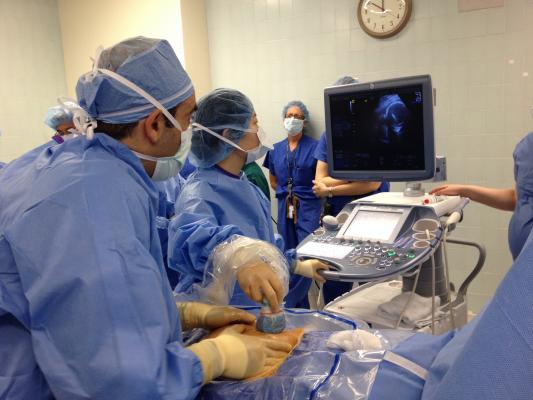
This is a diagnostic procedure. Long, slender, flexible tubes called catheters are inserted usually through the groin......
View More...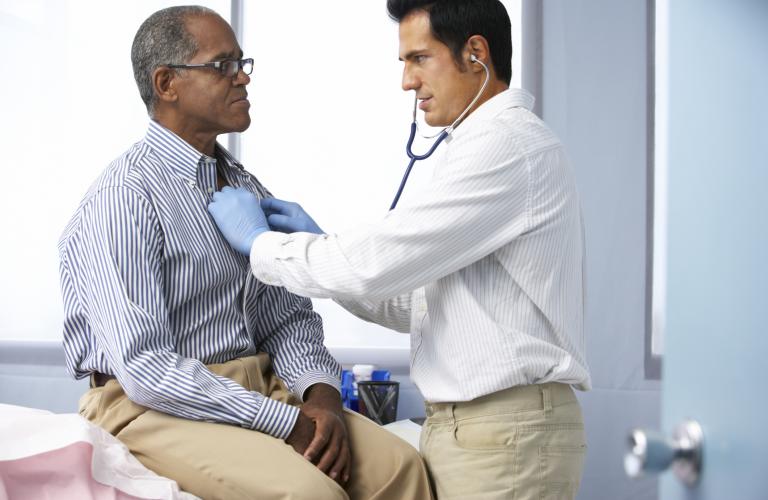
An ECG is a graphic recording of the electrical activity of the heart. It is primarily used as a screening test for patients with cardiac symptoms.
View More...
Dr Suvro Banerjee is one person with whom I have cherished to just talk with. A person gets 80% cured if he meets a genuinely good person. We have developed a mutual respect for each other which also helps to keep a longstanding patient-doc relationship going. All the best Sir, keep the morale high with everybody you meet in life. Thanks.